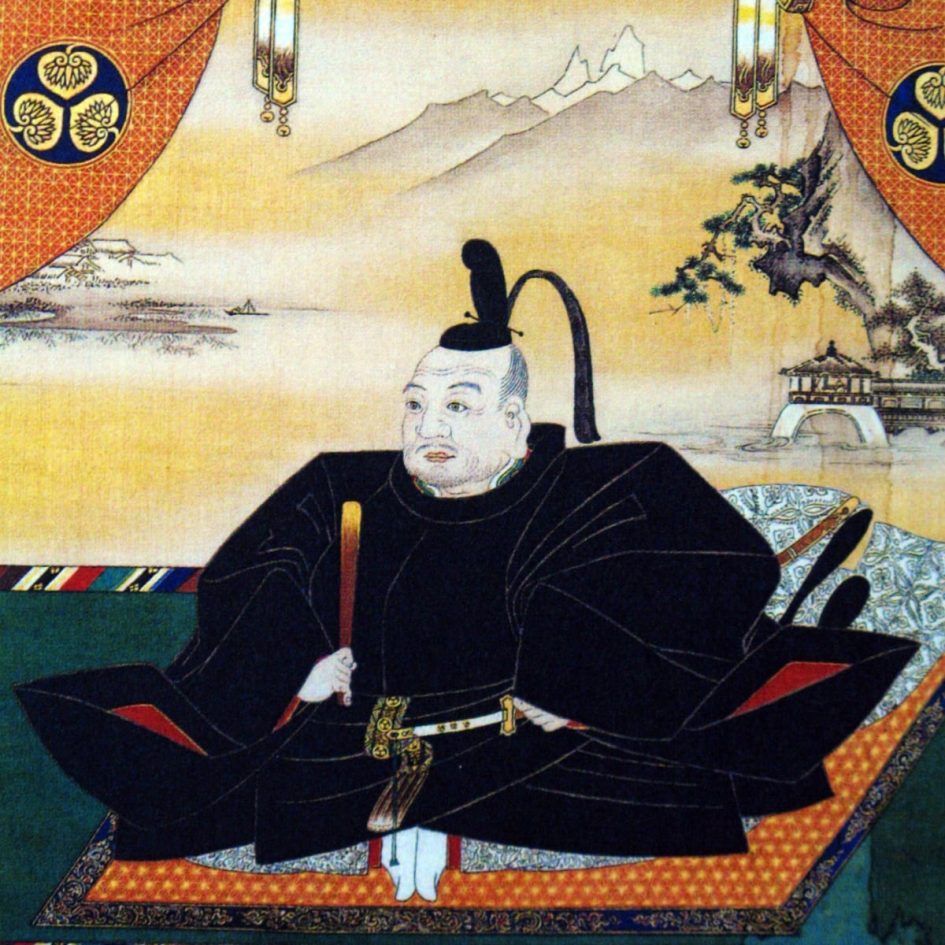A brief history of the sakoku period of Japan
In the 1630s, Japan started to issue a series of policies that enforced national seclusion. This is what started the ‘sakoku’ period in Japanese history. This policy came about as a result of years of the Nobunaga and Hideyoshi regimes warding off Christianity and Christian influence.
Prior to this, Japan had been trading with a few European countries. However, Shogun Ieyasu eventually came to see Christian missionaries as a threat to his regime. In 1612, he issued a decree prohibiting the religion. Over the next years, Ieyasu took measures to eradicate Christianity from Japan, resulting in the 1935 order that forbade Japanese people from making overseas trips.

After this ban, the only people allowed to trade with Japan were the Dutch and Chinese, but they could only do so in Nagasaki.
Though Japanese citizens weren’t allowed to leave the country during this period of time, they weren’t completely unaware of what was going on in the rest of the world. Given how the Dutch were still allowed to trade with them, they started translating Dutch books into Japanese, in the late 1700s. This started ‘rangaku,’ or Dutch learning, which was the study of modern European science.
Japan’s seclusion period came to an end in July of 1853, when the United States sent a squadron of warships to Uraga Bay and urged them to open up the country for trade.


Leave a Reply